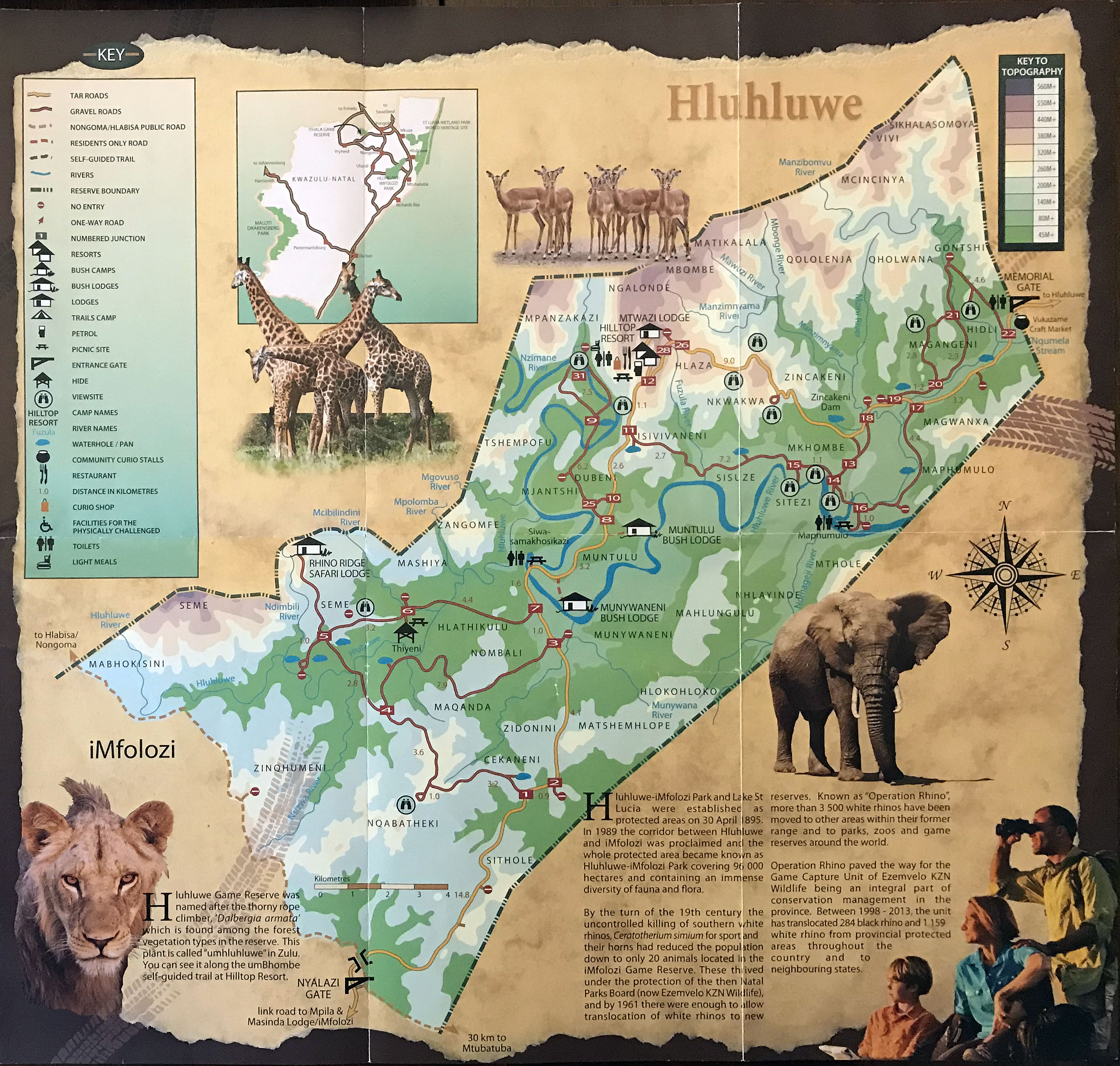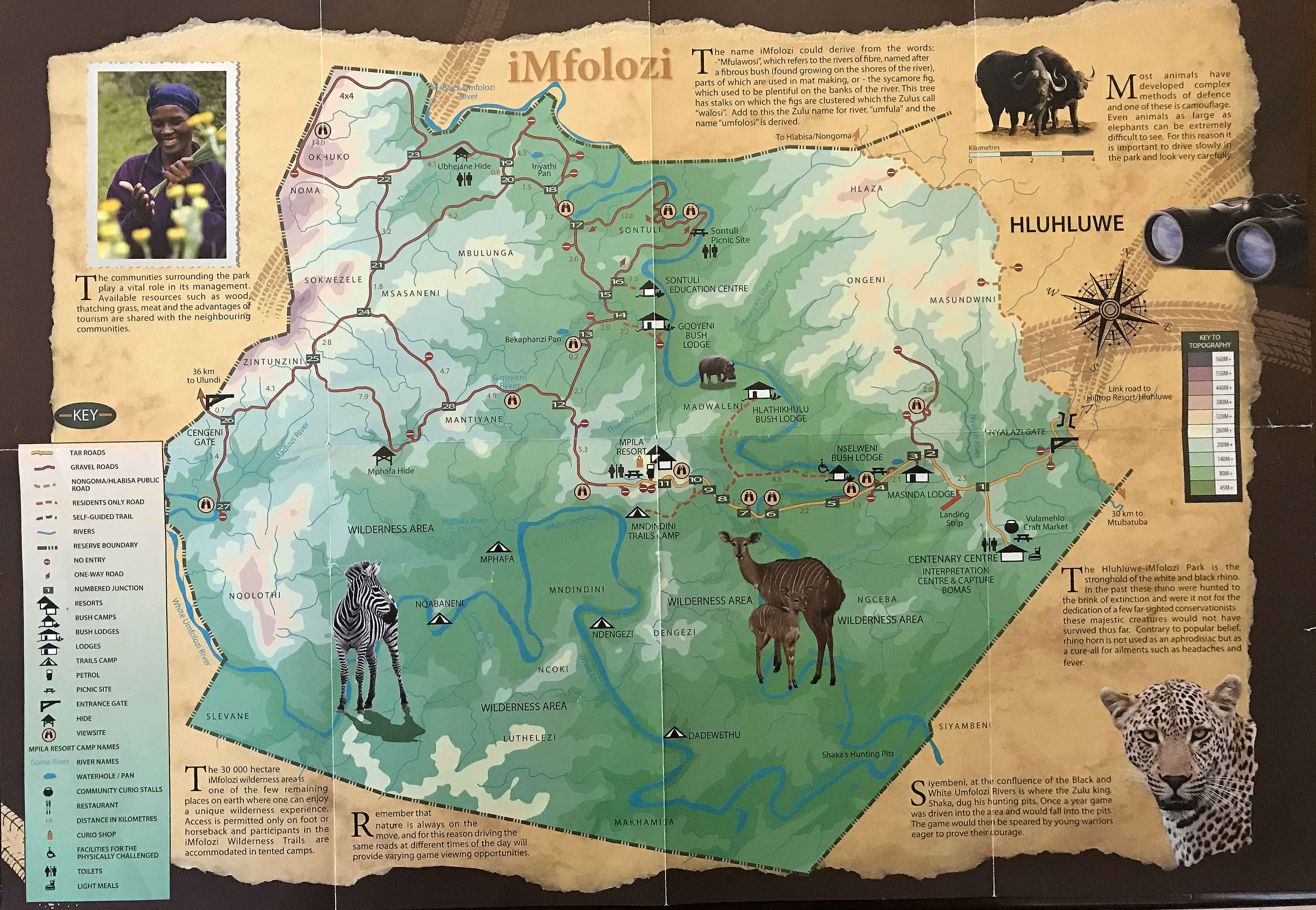
Hluhluwe iMfolozi History
Hluhluwe iMfolozi Game Reserve, KwaZulu-Natal, South Africa
Hluhluwe iMfolozi Reservations
Hluhluwe iMfolozi History
Hluhluwe iMfolozi Game Reserve, KwaZulu-Natal, South AfricaHluhluwe iMfolozi Reservations
Hluhluwe-iMfolozi Park: A Historic and Ecological Gem in the Heart of Zululand
Nestled in the rolling hills of Zululand, Hluhluwe-iMfolozi Park holds the distinction of being Africa’s oldest proclaimed game reserve, established in 1895. Steeped in both cultural heritage and conservation history, this iconic park was once the royal hunting grounds of the Zulu kings, including the legendary King Shaka, who not only hunted here but also introduced early conservation laws—long before such ideas became mainstream.
Spanning approximately 96,000 hectares, the park is a tapestry of diverse habitats, from the hilly terrain of the Hluhluwe section in the north to the expansive, undulating plains of the iMfolozi section in the south. A network of well-maintained dirt and tarred roads makes the park easily accessible, even for sedan vehicles. Yet, it also retains areas of pristine wilderness—most notably the Wilderness Zone in the southeast—untouched by roads and reserved for guided multi-day walking safaris, offering visitors a rare immersion in untamed African bush.
Home to an abundance of wildlife, Hluhluwe-iMfolozi Park is one of the few places where all members of the “Big Five”—lion, leopard, elephant, buffalo, and both black and white rhinoceros—can be found. In fact, the park is internationally recognized for its critical role in saving the southern white rhino from extinction through the groundbreaking Operation Rhino initiative launched in the 1950s.
At that time, white rhino numbers had dwindled to fewer than 100 individuals due to rampant hunting and poaching. These last remaining animals were found in and around the iMfolozi area. Under the stewardship of the Natal Parks Board (now Ezemvelo KZN Wildlife), a pioneering conservation effort was undertaken to breed and relocate rhinos to other reserves. By 1961, numbers had increased enough to allow translocation to begin. Since then, over 3,500 white rhinos have been moved to other parts of Africa and the world. Remarkably, almost all white rhinos alive today are descendants of this original population, making Hluhluwe-iMfolozi the birthplace of modern rhino conservation.
Beyond rhinos, the park supports a wide variety of other wildlife. Elephant, giraffe, zebra, buffalo, wildebeest, nyala, warthog, impala, and many other antelope species are frequently sighted. While lion, spotted hyena, and African wild dog are present, they are seen less often, and sightings of cheetah and leopard are considered special due to their elusive nature. The park is also rich in birdlife, aquatic species, and plant diversity, appealing to naturalists and photographers alike.
Whether you're driving along scenic routes, watching a crash of rhino at a waterhole, or trekking through the remote wilderness on foot, Hluhluwe-iMfolozi Park offers a profound experience of Africa’s wild beauty and conservation legacy. Its combination of accessible game viewing, historical significance, and biodiversity make it a must-visit destination for anyone passionate about wildlife, heritage, and nature.


Hluhluwe Imfolozi Visitor Map - Credit KZN Wildlife


